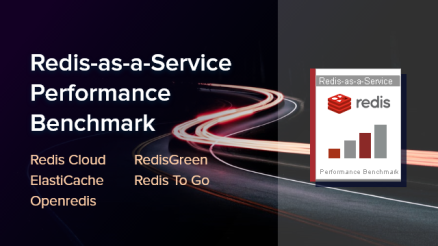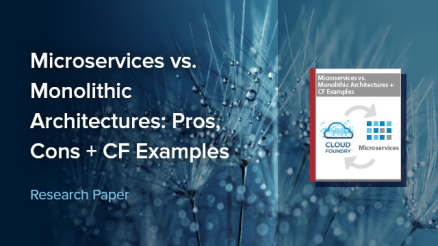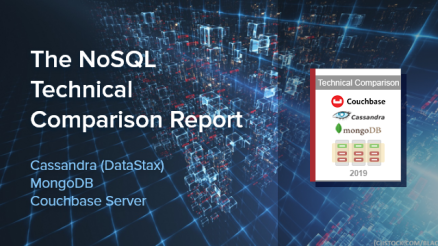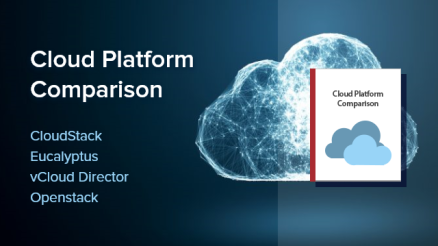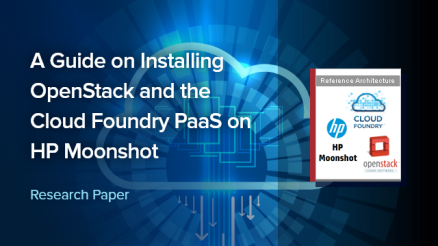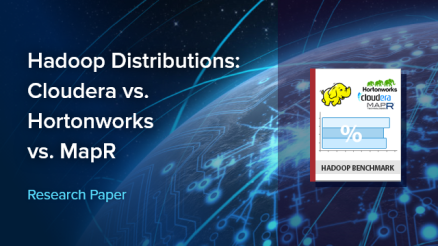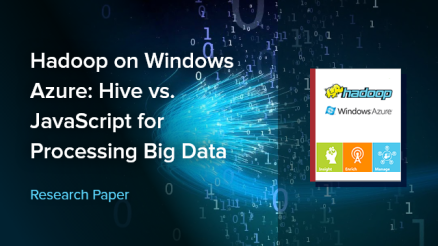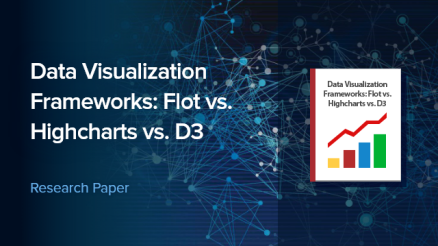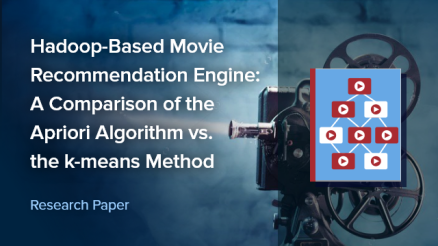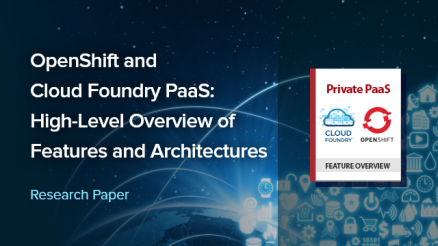This 11-page benchmark compares 6 major Redis-as-a-Service products available on AWS: Redis Cloud Standard, Redis Cloud Cluster, ElastiCache, openredis, RedisGreen, and Redis To Go. While most performance tests focus on single get/set operations, this technical research demonstrates Redis behavior under 3 workload scenarios (simple, complex, and combined). The paper contains 3 comparative tables and 8 diagrams that show performance of each provider in close to real-life use cases.
Microservices vs. Monolithic Architectures: Pros, Cons + Cloud Foundry Examples
This 15-page technical research explores the major pros and cons of microservices, compares them to monoliths, and demonstrates how a PaaS can help to overcome existing challenges. It includes 6 architecture diagrams, 3 comparative tables, and examples of running and scaling microservices applications on the Cloud Foundry PaaS. In addition, it provides a detailed comparison of how to operate microservices-based systems on an IaaS vs. PaaS and what benefits are available with each of these infrastructure options. Reference architecture and source code of a sample microservices application are also included.
The NoSQL Technical Comparison Report: Cassandra (DataStax), MongoDB, and Couchbase Server
This report provides an in-depth analysis of the leading NoSQL systems: Cassandra, MongoDB, and Couchbase. Unlike other comparisons that focus only on one or two dimensions, this research approaches the databases from 20+ angles, including performance, scalability, availability, ease of installation, maintenance, data consistency, fault tolerance, replication, recovery, etc. With 29 diagrams, this paper also features a scoring framework/template for evaluating and comparing NoSQL data stores for your particular use case—depending on the weight of each criterion.
Cloud Platform Comparison – CloudStack, Eucalyptus, vCloud Director, and Openstack
Cloud computing remains one of the hottest topics in IT today given the promise of greatly improved efficiencies, significant cost savings, scalable infrastructure, high performance, and secured data storage. However, information on popular cloud systems is usually biased and full of advertising buzz, making it difficult to choose a cloud platform. This vendor-independent white paper contains a product-by-product comparison of the most popular cloud solutions (along with tips on bug-fixing) to help you select the best-fit product.
A Guide on Installing OpenStack and the Cloud Foundry PaaS on HP Moonshot
HP Moonshot is a low-power server designed for distributed computing and processing big data. This 12-page guide will help you to reap all the benefits of the Cloud Foundry PaaS—a platform for delivering cloud apps—deployed on top of Moonshot. You will learn how to install MaaS, assign roles to servers, deploy OpenStack, configure a new environment, set up routing, and provide high availability of apps on Cloud Foundry.
Hadoop Distributions: Cloudera vs. Hortonworks vs. MapR
This 65-page benchmark compares the major Hadoop distributions: Cloudera, MapR, and Hortonworks. With 83 diagrams, it demonstrates how clusters of different size perform under 7 types of workloads. Download this study to learn which of the Hadoop distributions better suits your project needs and how to overcome limitations that may slow down your deployments.
Hadoop on Windows Azure: Hive vs. JavaScript for Processing Big Data
For some time, there were no solutions from Microsoft for processing big data in cloud environments. Recently, Microsoft launched the Hadoop on Windows Azure service to make it possible to distribute the load and speed up computations using Windows Azure. This article gives an overview of two out-of-the-box ways of processing big data with Hadoop on Windows Azure—Hive querying and JavaScript implementations—and compares their performance.
Data Visualization Frameworks: Flot vs. Highcharts vs. D3
Today’s Web applications deal with massive data sets that require high-performance systems for processing and analysis. However, your information becomes even more valuable, if you can efficiently visualize it. This research compares three popular but significantly different JavaScript libraries and evaluates how they handle massive data sets and real-time visualization.
Building a recommendation engine for a large online store involves a number of challenges, especially if you have to deal with huge data sets. In this white paper, our data scientist compares two approaches for implementing a Hadoop-based movie recommendation engine. Download the document to learn how generating association rules differs from clustering data, view the results of both implementations, and explore three ways to optimize the quality of movie recommendations.
OpenShift and Cloud Foundry PaaS: High-level Overview of Features and Architectures
Among all open source projects in the category known as Platform-as-a-Service, OpenShift and Cloud Foundry have amassed the strongest development communities. Having similar functionality and goals, both make it possible to write code in a variety of languages and deploy applications to public or private clouds. Both are evolving extremely fast. Still, few, if any, in-depth comparisons of OpenShift and Cloud Foundry exist. The purpose of this research is to provide a high-level overview of Cloud Foundry and OpenShift, side by side. With 2 tables and 2 diagrams, it describes their features, supported languages, frameworks, tools, architecture, history, etc.



